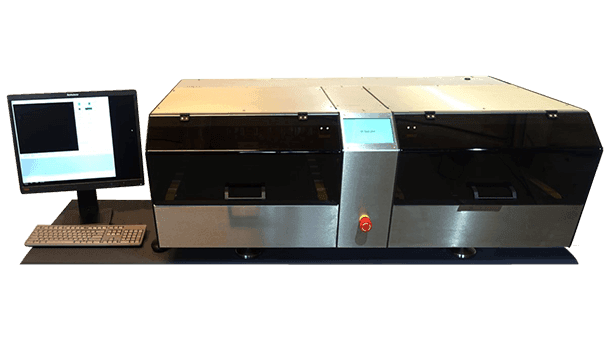Advantages of optical rotation analyzer

Optical rotation analyzers, especially those represented by polarimeters, show significant advantages in several fields. The following analysis is carried out from the dimensions of accuracy, function, efficiency and stability:
1. High precision and sensitivity
Core performance: The minimum reading of modern polarimeter (such as JH-P400 type) can reach 0.001°, the indicating error is controlled at ±0.01°——±0.02°, and the repeatability standard deviation is 0.002°.
Application scenario:
Pharmaceutical industry: Precise measurement of the rotation of chiral drugs to ensure that the enantiomer excess (ee value) meets the standard (e.g., >99% purity for some drugs)。
Chemical analysis: Monitoring small changes in rotation during the reaction and inferring molecular configuration transformation.
2. Multi-domain applicability
Pharmaceutical: Verify the optical purity of the drug to ensure the correct structure of the active ingredient.
Food: Detect the concentration and type of sugar solution (such as distinguishing fructose and glucose) to control the sweetness of food.
Environmental monitoring: The detection of chiral pollutants (such as pesticides) in water is more sensitive than traditional spectrophotometry.
Materials science: Analysis of molecular orientation of materials such as liquid crystals and optical films.
3. Automation and intelligence
Functional integration:
Temperature control: Some instruments support 15℃——30℃ temperature control, accuracy ±0.2℃, eliminate temperature interference.
Data storage: can store 1000 groups of data, support USB export, easy to trace analysis.
Automatic calibration: Built-in multi-point calibration program to reduce human error.
Improved efficiency: The automatic measurement process shortens the experiment cycle and is suitable for batch sample analysis.
4. Structural stability and durability
Optical design: LED cold light source + high-precision interference filter, high wavelength stability.
Mechanical characteristics: no vulnerable rotating parts (such as the motor of the traditional laser caliper), life of more than 8 years, maintenance only needs to clean the optical components.
5. Real-time dynamic measurement capability
High frequency response: such as photoelectric rotary caliper, measuring frequency up to 2000Hz, 2000 data points per second acquisition.
Industrial adaptation: suitable for 60rpm high speed production line, can measure complex cross section materials (such as rebar), blind area ≤100mm.
6. Anti-interference and environmental adaptability
Light source technology: The use of 520nm green fixed wavelength, anti-light, dust, temperature fluctuations interference.
Dynamic compensation: electronic shutter and multi-channel synchronization technology to eliminate the effect of the measured object jitter.
7. Compliance and standardization
Industry certification: comply with GMP and other quality specifications to ensure pharmaceutical production process compliance.
International benchmarking: such as TORNOS Faraday rotator up to 60dB isolation, suitable for high-end laser systems.
Sum up
The optical rotation analyzer has become a key analytical tool in pharmaceutical, food, chemical, material science and other fields through its advantages of high accuracy, multi-scene adaptation, automated design and stability. Its technological evolution (such as digital measurement, intelligent calibration) has further consolidated its irreplaceability in industry and research.

2025-03-21 16:50

